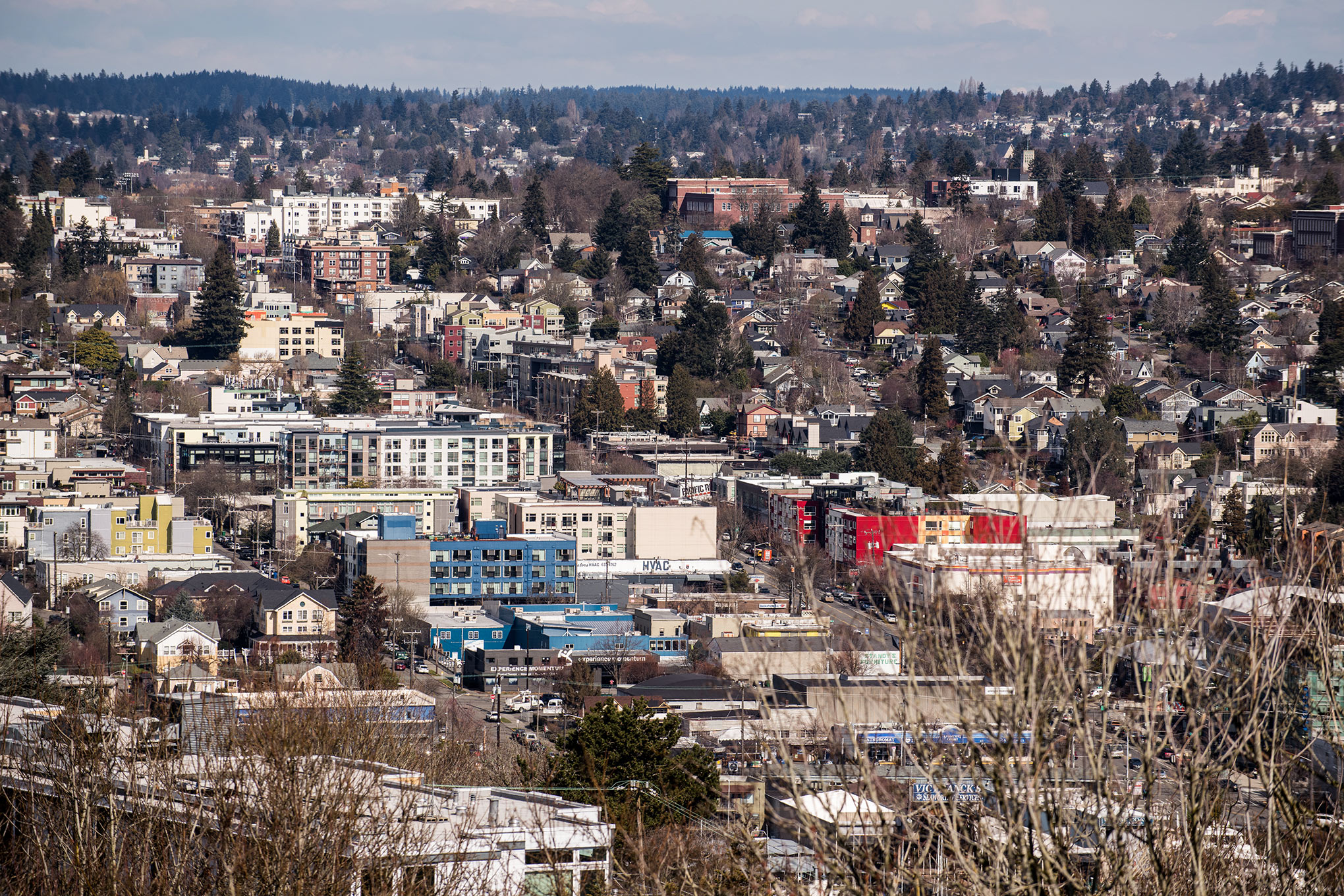
Economic disparities between racial groups have persisted for centuries in America. To understand the drivers of these disparities, we analyzed new data on 20 million children to examine how economic outcomes change across generations: not just where people are today, but where their children will likely end up. We find that race matters—even among families in the same socioeconomic class. For example, black children born to low-income parents have just a 2.5% chance of rising to the top fifth of the household-income distribution as adults. White children born into families with the same income are four times more likely to reach that threshold.
Perhaps most surprising, the data reveal that growing up in a high-income family provides no insulation from these disparities. Black children have very high rates of downward mobility, such that even when they grow up in affluent families, they still have a very strong likelihood of ending up at the bottom of the income distribution.
For white Americans, pursuing the American Dream is like climbing an income ladder. For black Americans, it’s more like being on a treadmill: even after you climb out of poverty in one generation, there is a very high probability of the next generation being pulled back down.
Further investigation reveals that these gaps are entirely driven by men’s outcomes. Black and white women growing up in families with comparable incomes have similar incomes as adults. But black and white men growing up in families with the same income see substantial gaps throughout their lives. Incarceration rates are especially stark: over 20% of black men born to the lowest-income families are incarcerated on a given day.
These findings are deeply personal for both of us: one, an immigrant from India whose family was drawn to the U.S. by the promise of the American Dream; the other, raised in Detroit, the child of an African father and white mother, the same demographic for whom that dream has become almost nonexistent.
Our findings show that family characteristics and innate abilities are not the root of the problem. Both black and white boys have better outcomes in good neighborhoods: places with low poverty rates and high-quality schools. Black men are especially likely to thrive in areas with low levels of racial bias and a larger fraction of two-parent households in the black community. These findings show that the black-white gap is not immutable: more efficient programs and targeted policies have the potential to make a lasting difference.
Our organization has been working with housing authorities in the Seattle area to pilot one program called Creating Moves to Opportunity (CMTO). The program focuses on reducing the challenges that families face when using rental assistance from the federal government to find housing in upwardly mobile neighborhoods. Families that receive housing counselors and other support through CMTO are almost four times more likely to move to these high-opportunity neighborhoods. Children living in these places are more likely to attend college and earn more in adulthood. This program shows that the segregation endemic to many cities can be addressed through modest changes.
Ultimately we must ensure that all neighborhoods provide access to opportunity. Promising demonstrations, like the Harlem Children’s Zone in New York City, have transformed communities and the lives of many black youth. But more work is needed to better understand how to create such neighborhood transformation at scale.
Further, we need more research to understand why even young men in affluent families are not immune to the pull of downward mobility. Helping middle and higher income black families keep their position is as important as understanding how to create more upward mobility for all.
We all want the same thing for our children: the idea that no matter where you start in life you have the opportunity to achieve success. The new science of opportunity can point to real solutions that can change lives and help build a future where opportunity isn’t just the American Dream, but the American way.
This article is part of a special project about equality in America today. Read more about The March, TIME’s virtual reality re-creation of the 1963 March on Washington and sign up for TIME’s history newsletter for updates.
More Must-Reads from TIME
- Why Biden Dropped Out
- Ukraine’s Plan to Survive Trump
- The Rise of a New Kind of Parenting Guru
- The Chaos and Commotion of the RNC in Photos
- Why We All Have a Stake in Twisters’ Success
- 8 Eating Habits That Actually Improve Your Sleep
- Welcome to the Noah Lyles Olympics
- Get Our Paris Olympics Newsletter in Your Inbox
Contact us at letters@time.com